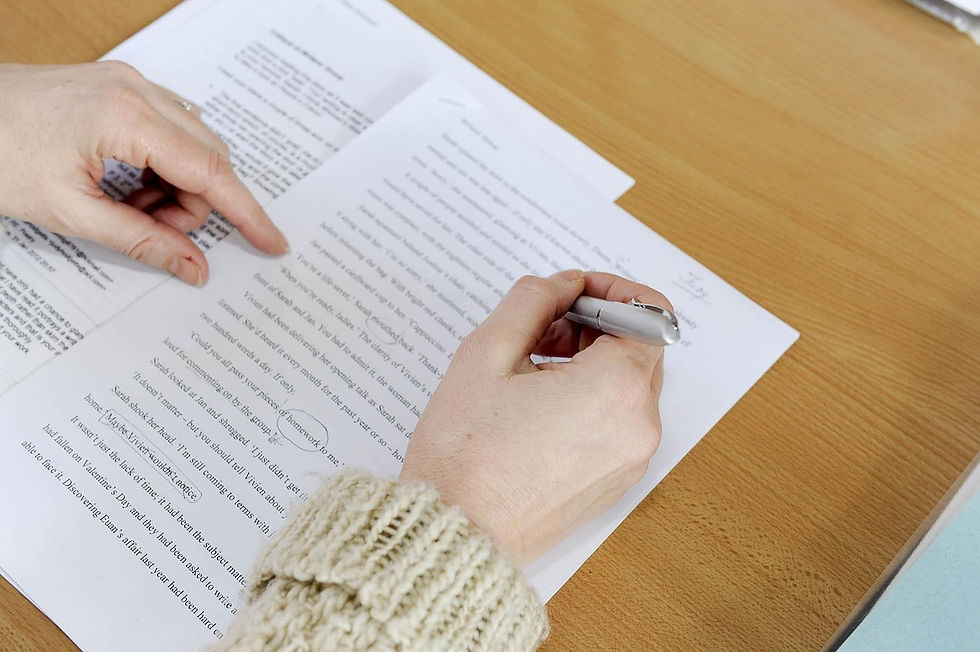Crash Course on Writing a Press Release
- Yvonne
- Feb 26, 2018
- 2 min read

You have an exciting announcement you want to share with the media, but you don’t know where to start or how to go about it. You know what you want to say, but you don’t know how. Writing a press release isn't as daunting as it sounds, really. Here are quick tips to give you a head start.
Headline
First of all, you need to sincerely ask yourself these questions: Is my announcement newsworthy? Would anyone really care? If you've answered these and still feel your news needs to be shared, proceed to draft a catchy headline, keeping your exciting announcement in mind. Don’t write out your whole announcement as your headline, obviously, but use specific words that relates to your big news and are intriguing enough to catch the eye of reporters and compel them to read on.
Intro Paragraph
Don't beat around the bush here; rather, go straight to your announcement without mincing words. Remember, a press release is not an article. With an article, you have the liberty to build anticipation by playing with words and 'teasing your readers' to read on in order to find out more. With press releases, your first paragraph needs to pointedly announce your big news. Feel free to elaborate on your news with a couple more sentences after the first.
Paragraph Two
Your second paragraph (and 3rd, 4th, etc) should reveal more information about your announcement -- perhaps data collected, quotes from sources that provides more insight, financial tables, or any other relevant information that backs up your announcement. Remember to use proper vocabulary as well as a formal, unbiased tone. Avoid using slangs or jargons – again, you’re not writing a blog article; you’re writing a press release with important information that'll be viewed by millions of people across the world if it gets to the right reporters' hands.
Boilerplate
After all relevant information has been shared, your boilerplate comes next. Although not imperative to include this, it's always suggested that news releases, especially from big industries, always include boilerplates so potential readers and members of the media can get a general idea of the issuing company -- what they do, what they offer and where they're located.
Contact
Finally, include a media contact -- a name, phone number, and/or email address that can be used to reach you or whoever is in charge of communication at your company. 99% of journalists and reporters will ignore a press release if no contact information is included, either within the body of the release or at the end.
Happy writing!





Comments